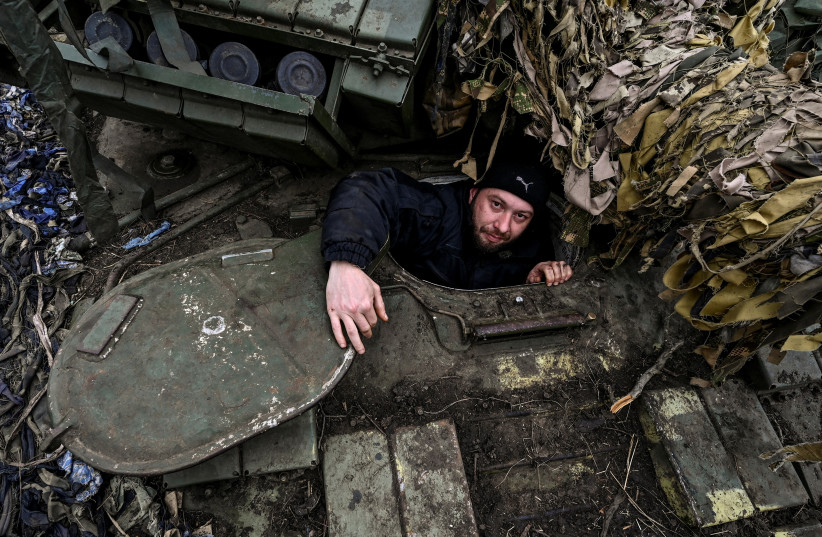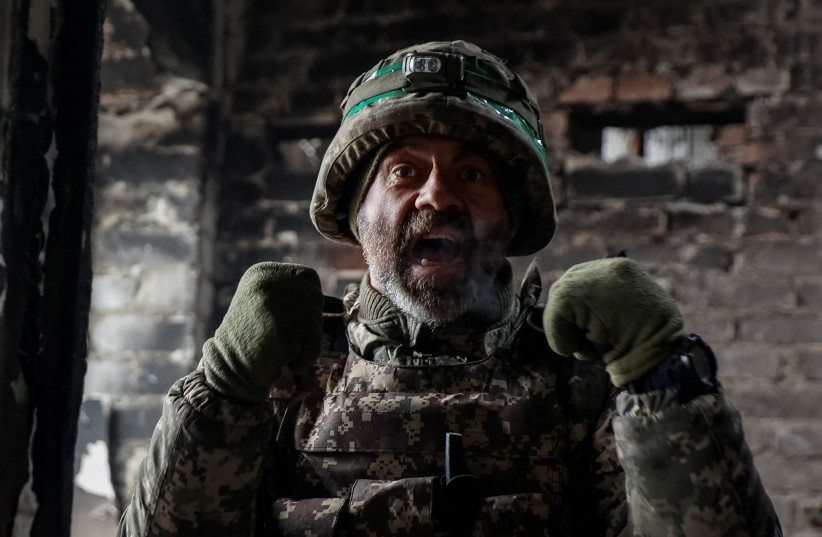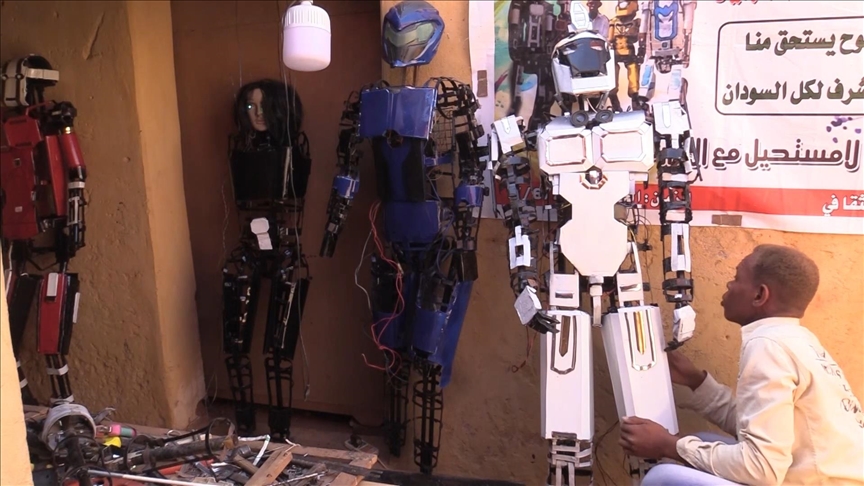
TRANSFORMATION OF WOMEN’S STATUS IN TAIWAN, 1920-2020
Written by Doris T. Chang.
Image credit: 08.01 總統出席「國家人權委員會揭牌典禮」 by 總統府/ Flickr, license: CC BY 2.0.
Among all the gains made by Taiwanese women in the past century, achieving leadership roles in the political arena is perhaps Taiwanese women’s greatest achievement. During the Japanese colonial era, women had no right to vote. However, after lifting martial law in 1987, Taiwan emerged as a vibrant democracy. Due to political parties’ commitment to nominating more qualified women candidates for elections in the late 1990s and after that, the percentage of women elected to Taiwan’s Legislative Yuan reached 42 per cent in 2020 — the highest in Asia. This is equivalent to the percentage of women legislators in most Scandinavian countries. But Taiwanese women’s achievement in the political arena would not have been possible without making significant progress in their educational attainment throughout the twentieth century.
Education
In the early twentieth century, a segment of Taiwanese elites collaborated with the Japanese colonial government (1895-1945) to promote Taiwanese girls’ enrolment in colonial Taiwan’s primary schools. School attendance allowed the colonial government to assimilate Taiwanese children into modern Japanese culture and develop the skills and discipline necessary to become competent workers for the colonial economy. As a result, the matriculation rates of Taiwanese pupils steadily increased over time. By 1943, 60 per cent of Taiwanese girls were enrolled in primary schools—the second highest in Asia.
However, if girls aspired to get an education beyond primary school, only daughters from the upper- and upper-middle classes among the colonial elites could afford to send their daughters to high-school education. After receiving their diplomas, the few from well-to-do families would apply for admission into colleges and universities in Japan’s home islands.
In both the Japanese Colonial Era and the post-war Chinese Nationalist Period (1945-2000), there were two schools of thought on the education of women and girls. The Japanese colonial authorities and the Chinese Nationalist (KMT) government viewed girls’ education as a way to train them in Confucian ethics and socialize them to become wise mothers and educators of their children, managers of household affairs, and loyal subjects of the nation-state. By contrast, progressive intellectuals in both periods advocated that girls should be taught to become well-rounded individuals capable of achieving financial independence. Nevertheless, due to the concerted efforts of the Taiwanese government and the emphasis on education among Taiwanese parents since democratization, most young women below the age of 40 have earned a bachelor’s degree since the 2010s.
Labour Force Participation
On the contrary, women’s participation in the labour force remains challenging for Taiwan. Based on the data published by Taiwan’s Ministry of Education in 2017, women comprised the majority of the student body that majored in education, liberal arts, library science, business, law, health professions, social work, and hospitality; conversely, men comprised the majority of the student body majoring in STEM (science, technology, engineering, and mathematics). Horizontal segregation along gender lines in college majors and occupational training has made integrating more women into STEM fields a persistent challenge in Taiwanese society.
Class is another dividing line for women. Well-educated women from middle-class backgrounds were more likely to participate in the workforce after having children than their working-class counterparts. Since middle-class households can hire guest workers from Southeast Asia to serve as full-time housekeepers and caretakers, this option enabled many middle-class women to pursue their careers outside the home. Conversely, working-class families might not have the financial resources to hire full-time domestics. Consequently, many working-class women would quit their paid work to care for small children or elderly family members at home. The lack of double incomes in many working-class households further exacerbated income inequalities between working-class and middle-class households in Taiwanese society.
Political Participation and Leadership
In contrast to the persistence of disparities in workforce participation along gender and class lines in Taiwanese society, women have made great strides in the political arena in the past century. During the Japanese colonial era, a notable example of an exceptional political leader was Hsieh Hsueh-hung (謝雪紅1901-1970). As a founder of the Taiwanese Communist Party in 1928, she envisioned a united front of all Taiwanese and Korean societies strata with left-wing progressives in Japan Proper to overthrow Japanese capitalism and imperialism. This could then pave the way for achieving the independence of Taiwan and Korea from Japanese colonial rule. Like most other Marxist-Leninists, Hsieh had a simplistic assumption that overthrowing capitalism and imperialism would automatically usher in a gender-egalitarian society [1] [2]. Therefore, rather than creating a separate women’s rights movement, Hsieh recruited women activists to participate in the anti-colonial proletarian movement. From her perspective, it was only through women’s active participation in revolutionary movements that gender equality could be achieved.
Just as the rise of Japanese militarism in the early 1930s led to the suppression of left-wing revolutionary movements in colonial Taiwan, political repression ensued after the Chinese Nationalist (KMT) government fled to Taiwan following its military defeat by the Chinese Communists. Still, progress in women’s political leadership continued. Under the martial law (1949-1987) era, the first woman to join the inner circle of Taiwan’s Democracy Movement (Dangwai) was Chen Chu (陳菊b. 1950). As a superb communicator and movement organizer during her youth, Chen recruited like-minded college students to canvass for dissident political candidates and served as a courier of confidential messages in the dissident community. When Formosa Magazine, a dissident publication, was launched to disseminate ideas among the Taiwanese public, Chen assumed the role of its deputy director. During the Kaohsiung Incident in 1979, Chen Chu and Hsiu-lien Annette Lu (呂秀蓮b. 1944), another woman activist, were the only two women among the eight Formosa staffers court-martialled and sentenced to long prison terms. Chen’s close working relationships with Amnesty International activists in Japan and Western democracies were instrumental in sustaining the pressure on the KMT regime to release political prisoners. Upon her release from prison, Chen was one of the ten founders of the Democratic Progressive Party (DPP) in 1986 — Post-WWII Taiwan’s first opposition party. In the early 1990s, Chen was elected to represent Kaohsiung in the National Assembly. She was appointed the Minister of Labour after the DPP became the ruling party in 2000 and subsequently served three terms as the Mayor of Kaohsiung.
Unlike Chen, Annette Lu did not join the Democracy Movement until the late 1970s. Throughout the 1970s, Lu was best known as post-war Taiwan’s pioneer feminist who authored New Feminism (新女性主義). In the seminal work, Lu called for revising gender-biased family laws and critiqued Confucian patriarchy. In 1979, upon hearing that the U.S. was switching its diplomatic recognition from the Republic of China (ROC) in Taiwan to the People’s Republic of China (PRC) on the mainland, Lu authored a book titled Taiwan’s Past and Future (台湾的過去與未來) to argue for Taiwan’s survival in the international community. In addition, Lu advocated the peaceful coexistence of the ROC and PRC as two distinctive ethnic Chinese states. This perspective was contrary to the view of the KMT government at the time, which still claimed mainland China as an integral part of the ROC. After Taiwan was transformed into a nascent democracy in the early 1990s, Lu was elected to represent Taoyuan in the Legislative Yuan and became Taiwan’s first female vice president in 2000.
Both Chen Chu and Annette Lu’s pioneering leadership roles in the DPP paved the way for Tsai Ing-wen (蔡英文 b.1956) to rise through the party ranks. As the DPP chairperson, Tsai was elected the president of Taiwan in a landslide victory in 2016 and again in 2020. Unlike other female heads of state in Asia, Tsai was not from a political family. Her father started out as a car repair shop owner and later built his wealth as a real estate investor. Analogous to Lu’s conceptualization of Taiwanese national identity in 1979, Tsai has consistently committed to peaceful coexistence and mutual respect between the ROC in Taiwan and the PRC on the mainland. As such, Tsai rejected the PRC’s proposal of “One China, Two Systems” for Taiwan’s political future, knowing that agreeing to the PRC proposal would have relegated Taiwan to becoming a mere territory of the PRC as it has been for Hong Kong.
In retrospect, women’s status in Taiwan has radically transformed in the past century, especially in politics. But even in education, more women than men have earned their bachelor’s degrees since the 2010s. Yet, as in most societies, STEM remained male-dominated in contemporary Taiwan. To integrate more women into STEM, parents of high-school girls with aptitude and interest in mathematics and the sciences should encourage their daughters to pursue these areas of study and careers. The government should also strengthen their partnerships with the private business sector to offer more scholarships for female students to study STEM in colleges and universities.
[1] Chen, Fang-ming, 1992. A Critical Biography of Hsieh Hsueh-hung (謝雪紅評傳). Irvine, Calif.: Taiwan chubanshe.
[2] Yang, Tsui, 1993. Taiwanese Women’s Liberation Movement under Japanese Colonial Rule (日據時代台湾婦女解放運動).Taibei: Shibao wenhua.
Dr Doris T. Chang is an Associate Professor of Political Science at Wichita State University, U.S.A. She received her PhD in East Asian History from the Ohio State University (2002). In 2009, she published a book titled Women’s Movements in Twentieth-Century Taiwan with the University of Illinois Press. It was the first book in English to bridge the historical divide between women’s movements in the Japanese Colonial Era (1895-1945) and the post-WWII Chinese Nationalist period. It examined the changes and continuities of Taiwanese feminist discourses and women’s movements from cross-cultural perspectives within the contexts of shifting geopolitical dynamics of Imperial Japan, Nationalist China, Taiwan, and the United States in the twentieth century. Dr Chang also authored several refereed articles in international interdisciplinary journals. Among the women political leaders in post-war Taiwan she studied include Madame Chiang Kai-shek, Vice President Hsiu-lien Annette Lü, and Chen Chü—the first woman who joined the inner circle of postwar Taiwan’s Democracy Movement. Since 2018, Dr Chang has served on the Associate Editorial Board of the International Journal of Taiwan Studies. In 2022, she authored a chapter on “The Transformation of Women’s Status in Taiwan, 1920-2020,” in a book titled A Century of Development in Taiwan: From Colony to Modern State, edited by Peter C .Y. Chow.
This article was published as part of a special issue titled “A Century of Development in Taiwan.”



:quality(70)/cloudfront-eu-central-1.images.arcpublishing.com/thenational/YXYDIVNGHMDFPITETVEBBYUGJY.jpg)
:quality(70)/cloudfront-eu-central-1.images.arcpublishing.com/thenational/LQU2ET242HZ5XRBNW3DO5LHND4.jpg)
:quality(70)/cloudfront-eu-central-1.images.arcpublishing.com/thenational/DKIMDGKQOOF6XT5KV4SLJYZLHM.jpg)
:quality(70)/cloudfront-eu-central-1.images.arcpublishing.com/thenational/TUQWWH6DRUGZ6DWIDL62TFAWVY.jpg)
:quality(70)/cloudfront-eu-central-1.images.arcpublishing.com/thenational/U27DBZ2QFXBS6BNH3NJ2XRVBFU.jpg)
:quality(70)/cloudfront-eu-central-1.images.arcpublishing.com/thenational/BJRLZ73QT7CD6WNXPIQ2Q5EJDU.jpg)
:quality(70)/cloudfront-eu-central-1.images.arcpublishing.com/thenational/PR6GCEQHNY4I62OYYOHOIQQ36I.jpg)
:quality(70)/cloudfront-eu-central-1.images.arcpublishing.com/thenational/R6WMY5NVORVTVNQFVY56TRQXGM.jpg)
:quality(70)/cloudfront-eu-central-1.images.arcpublishing.com/thenational/LHIUVWTXWXP3AUHQJVVFB2TZLM.jpg)
:quality(70)/cloudfront-eu-central-1.images.arcpublishing.com/thenational/RZBOBI6HCMIURY2RRCD6RTTFGU.jpg)
:quality(70)/cloudfront-eu-central-1.images.arcpublishing.com/thenational/RLLSQXKY3P5BC55RAOLFBT6ZPU.jpg)
:quality(70)/cloudfront-eu-central-1.images.arcpublishing.com/thenational/5YF4W2LH3A4OP26OBJCKGFXWHE.jpg)
:quality(70)/cloudfront-eu-central-1.images.arcpublishing.com/thenational/2FDPSA5VAFD7FGMK2SJPRB45CA.jpg)
:quality(70)/cloudfront-eu-central-1.images.arcpublishing.com/thenational/L5EAZY73JK3R5AWROABMA4GOHY.jpg)
:quality(70)/cloudfront-eu-central-1.images.arcpublishing.com/thenational/A6DH6TCQ45NNXQX42DCNGKPTKQ.jpg)
:quality(70)/cloudfront-eu-central-1.images.arcpublishing.com/thenational/NPP3I2NSINC2LBFI2PYOXDQHK4.jpg)





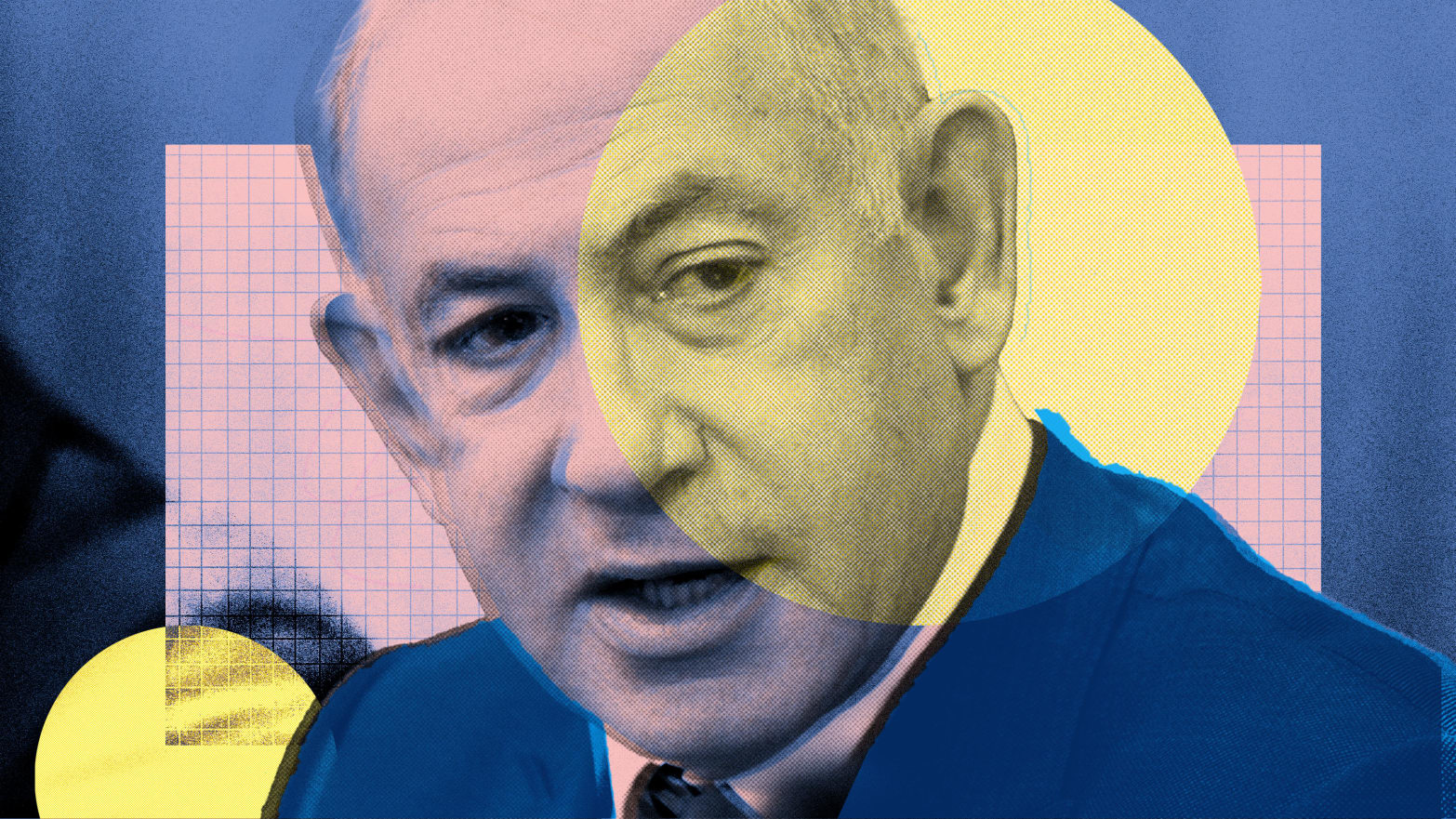
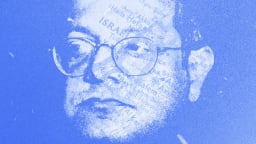

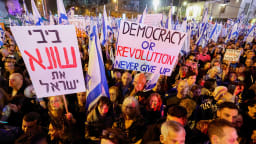

 The Weather Network
The Weather Network


